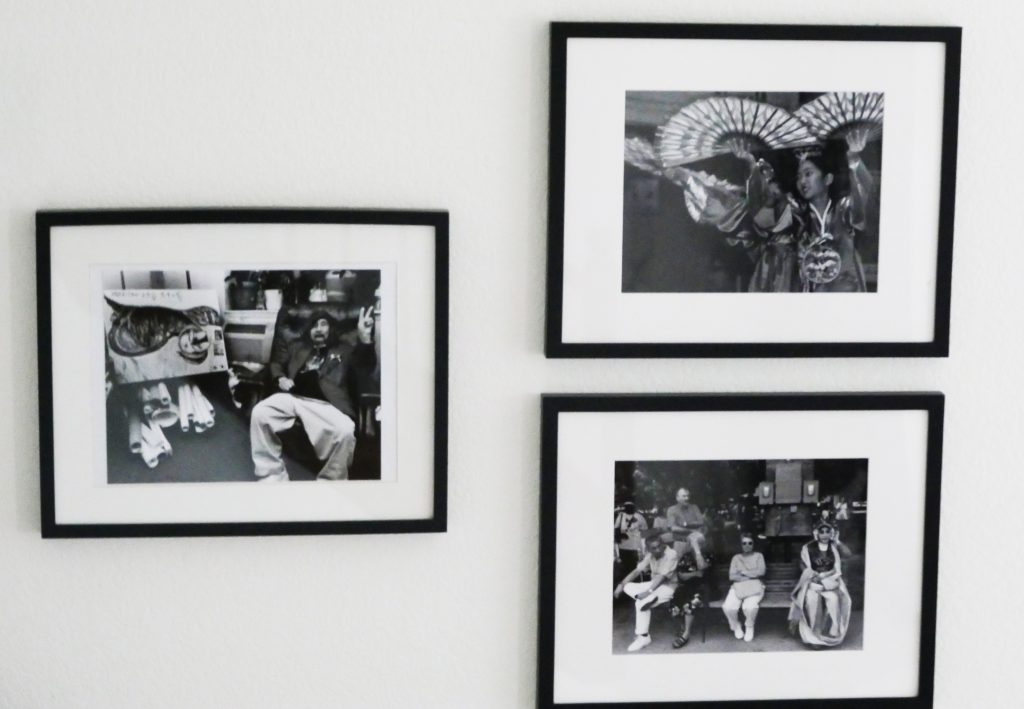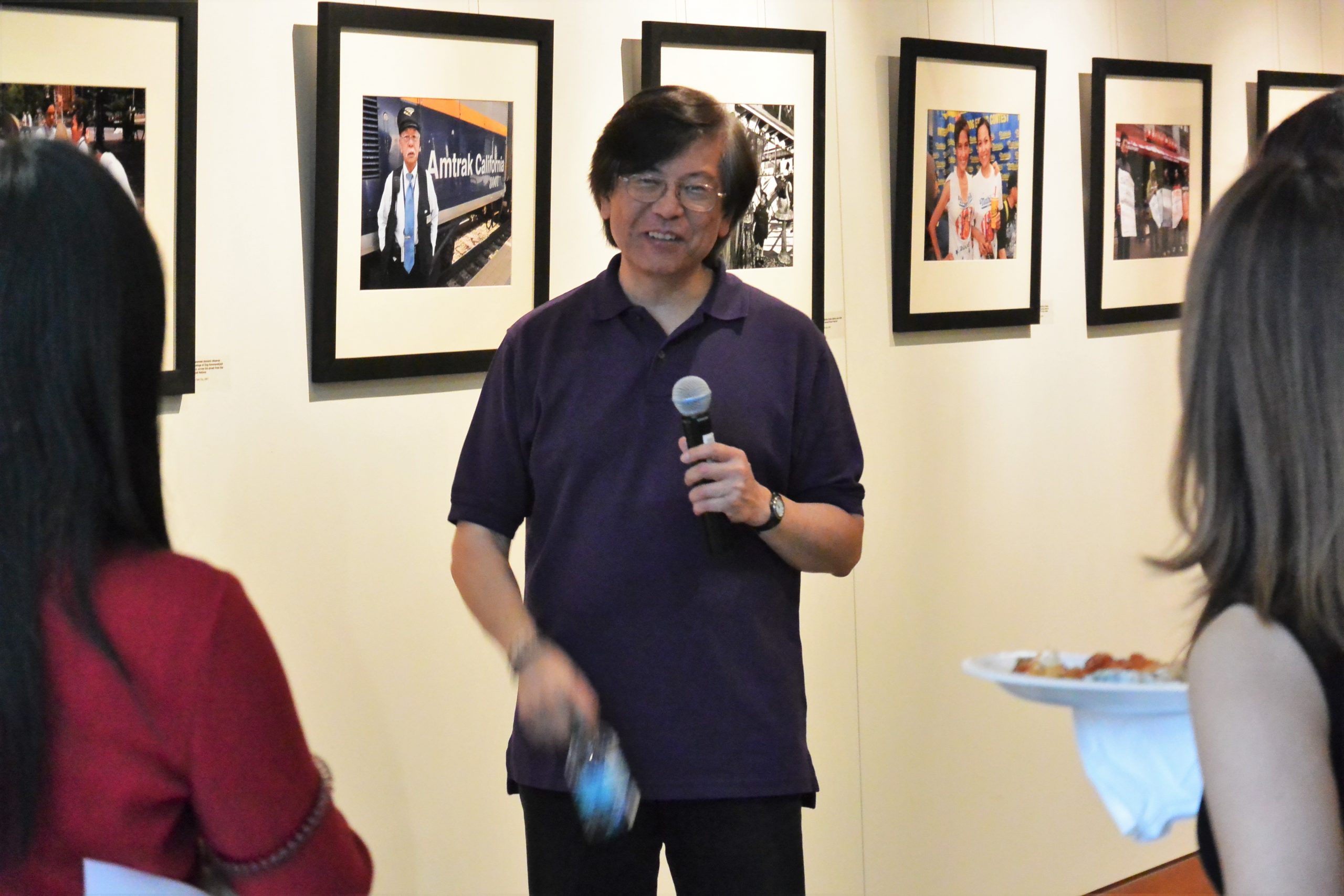
04 Feb Corky Lee, the Most Important Photographer that People Didn’t Know About
A great American photographer died on January 27 at a hospital in Queens, New York, his hometown. But you may not recognize his name: Corky Lee.
Like the subject of his half-century career, Asians in America, who have historically been invisible to mainstream Americans, Corky was invisible – he didn’t seek the spotlight, he just wanted to record the community around him. Most people wouldn’t have known him. But along with Asian American activists and journalists across the country, my wife and I knew him, and when I learned that he was one of the half a million Americans who had died from the pandemic, I was devastated by the loss.
“Goddammit, I’m heartbroken. Shattered. Corky Lee, a Chinese American photojournalist and the self-professed ‘undisputed unofficial Asian American photographer laureate,’ has died of Covid-19,” I wrote on Facebook.
Corky chronicled the rise of the Asian American movement from his New York City perspective since the 1970s, and tirelessly championed Asian American social justice. He chronicled the everyday lives of the Asian community, and attended many (I think maybe every) march and protest that included Asians or Asian Americans. Here’s an excellent piece on NBC News about Corky’s legacy.
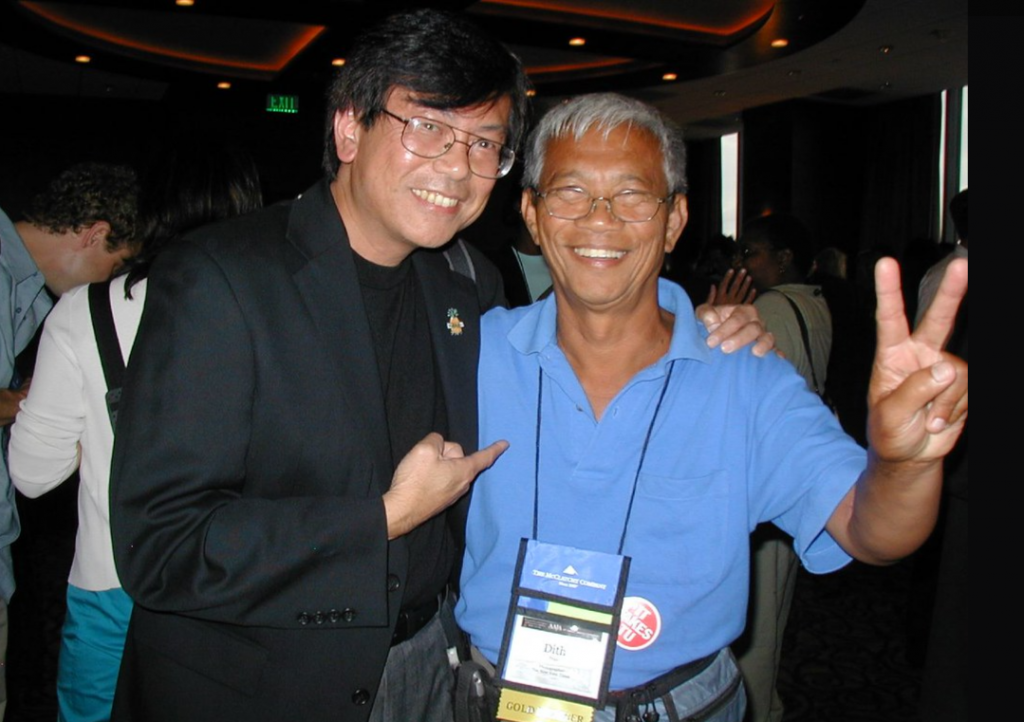
I mainly knew him through the Asian American Journalists Association (AAJA), and my wife Erin and I met him years ago when he came to Denver for an OCA-JACL banquet during which a photo of his was auctioned off. Erin and I were emcees for that banquet. The photo was a commemoration of the completion of the Transcontinental Railroad, which was built on the backs of thousands of Chinese laborers (many died along the way) but the Chinese were told they couldn’t attend the completion ceremony. So the famous photo of the two locomotives meeting at Promontory Point, Utah had no Chinese faces in it at all. Google “Transcontinental Railroad Promontory Point Utah” and see for yourself.
In typical fashion, Corky decided to stage his own history lesson and captured assemblies of AAPIs and the descendants of the original laborers at the same spot. He was single-minded that way, and so persistent that history should be kept honest, not whitewashed. He called his life’s work “Photographic Justice,” and it was. Here’s reporter Hansi Lo Wang’s excellent NPR story about Corky’s 2014 recreation of that whitewashed historical event.
New York filmmaker Jennifer Takaki, a friend of Corky’s, has been working on a documentary, “Photographic Justice: The Corky Lee Story” for years, and I’m looking forward to seeing how the photographer was captured by the filmmaker. It’s sure to be a chronicle of the Asian community, not just of the man, because he was such an omnipresent figure in the community.
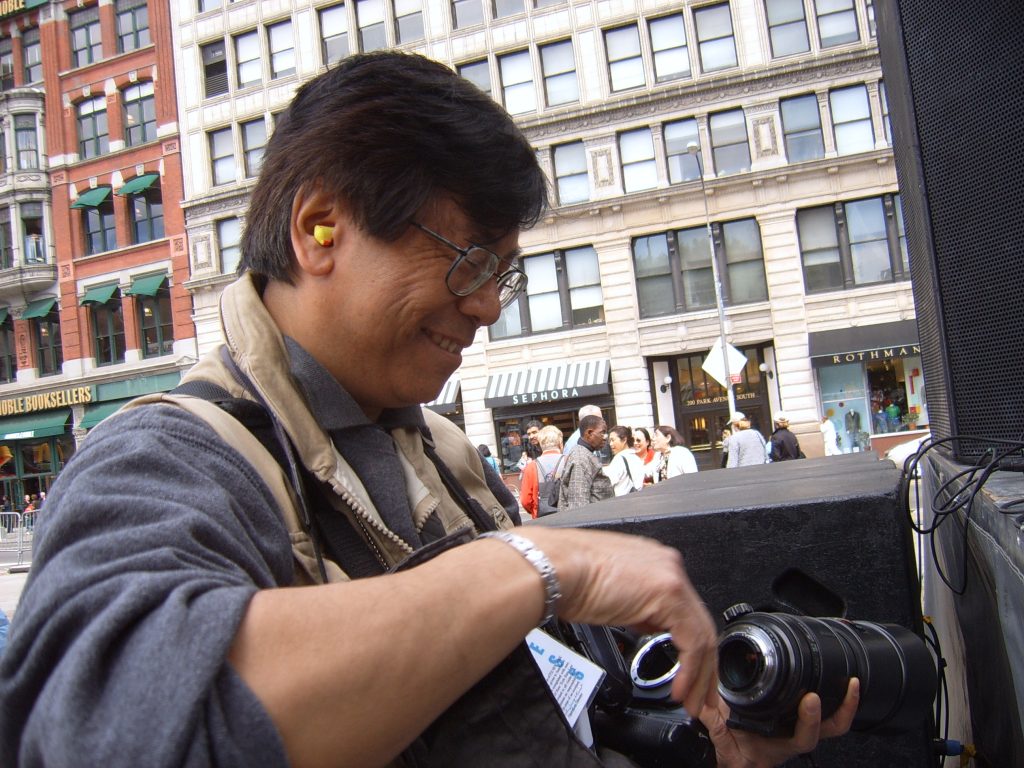
When I worked for a newspaper company based in New York for a few months in 2006, I hung out with him at an AAPI Heritage Month celebration in Manhattan. He was there, camera in hand, capturing the performers and the crowds.
In a memorable trip, Corky came to Colorado to shoot portraits of two men who shared history but probably had never met. Erin and I knew John Yee, the longtime Denver educator who had served with the acclaimed “Flying Tigers” squadron of fighter planes based in Kunming, China during World War II.
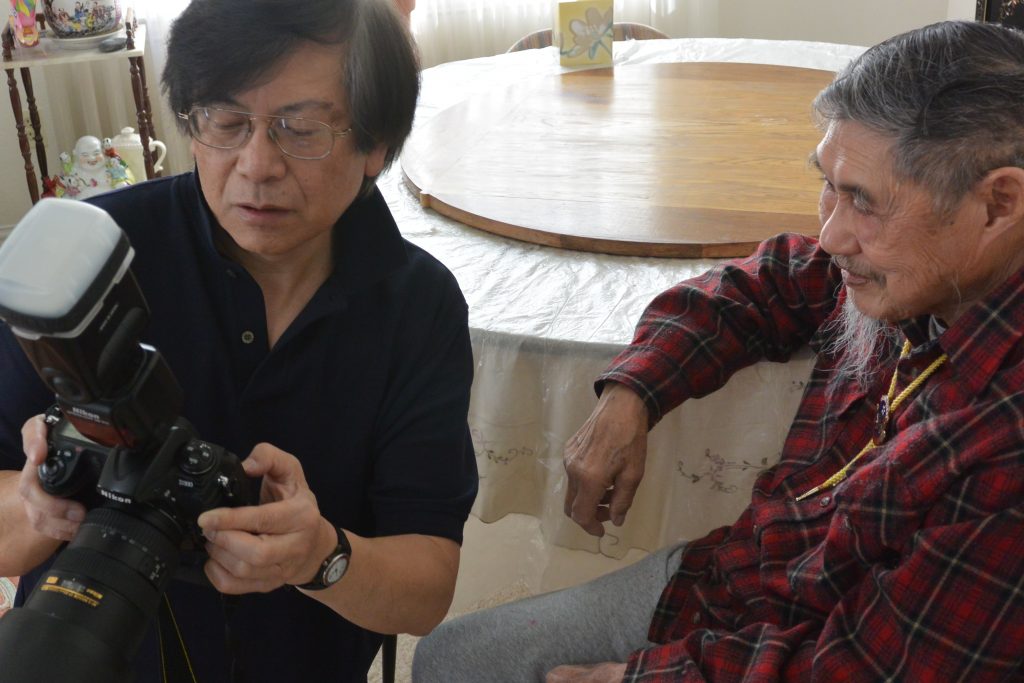
And we knew George “Joe” Sakato, a Medal of Honor recipient who fought in the famous 442nd Regimental Combat Team.
He was in the terrible battle in France toward the end of the war, when 800 Japanese American casualties were wounded and 200 killed to rescue the Texas “Lost Battalion” that had been surrounded by the retreating Nazis in the forests of the Vosges Mountains. Here’s a powerful telling of the battle from the Texas point of view.
During the battle, Joe lost his best friend, and in a rage, he raced up the hill ad took out a machine gun nest. Joe came back to Denver and lived a quiet life working for decades with the US Postal Service, and he was a familiar face at Memorial Day services for Nisei veterans.
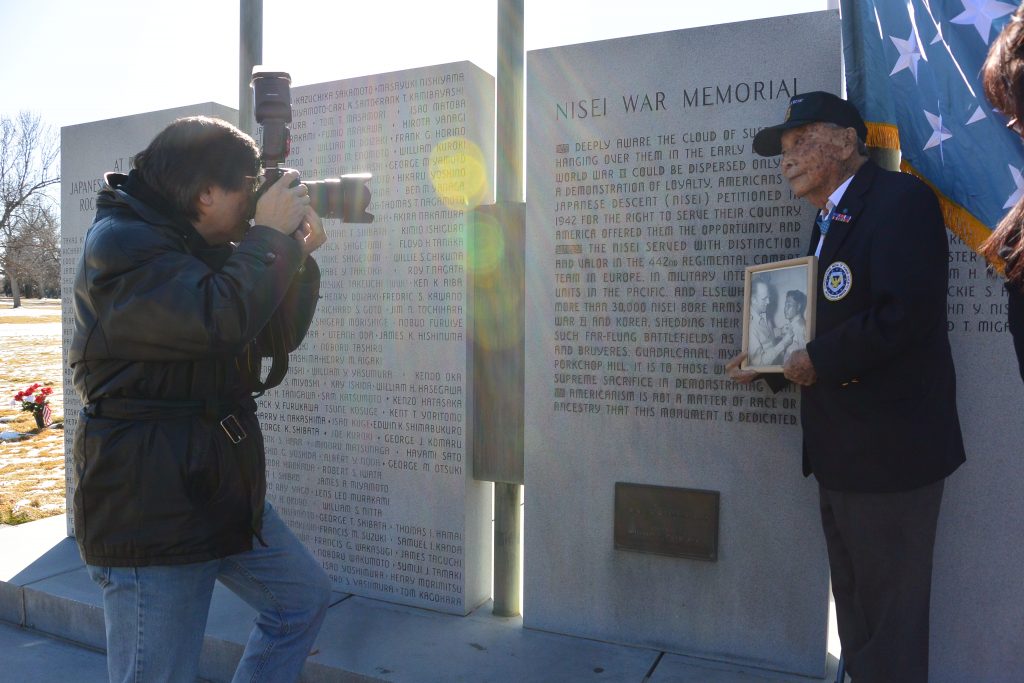
Both men have since passed away – Joe’s former post office was renamed after him. When Corky came to Denver, we took him to John Yee’s home and he took a lot of photos. Then we took Corky to the Nisei Memorial at Fairmount Cemetery, where the annual Memorial Day ceremony is held for Denver’s JA community. The memorial has etched in it all the men who served I the US military, WWII veterans on the front and all the men since then (including my father, who served in the Korean War) etched on the back. There, Joe Sakato posed next to the name of his friend and pointed to it: Saburo Tanamachi.
I don’t know if any of their portraits ever made it into any of Corky’s last exhibits.
The last time Erin and I saw him, he was in Denver to close an exhibit of his work at the Anschutz Medical Center. After that exhibit came down, he asked us to store his framed photographs in our basement. They were carefully packed in heavy boxes and crates. We kept them for more than a year before he needed them shipped them to another exhibit back in New England.
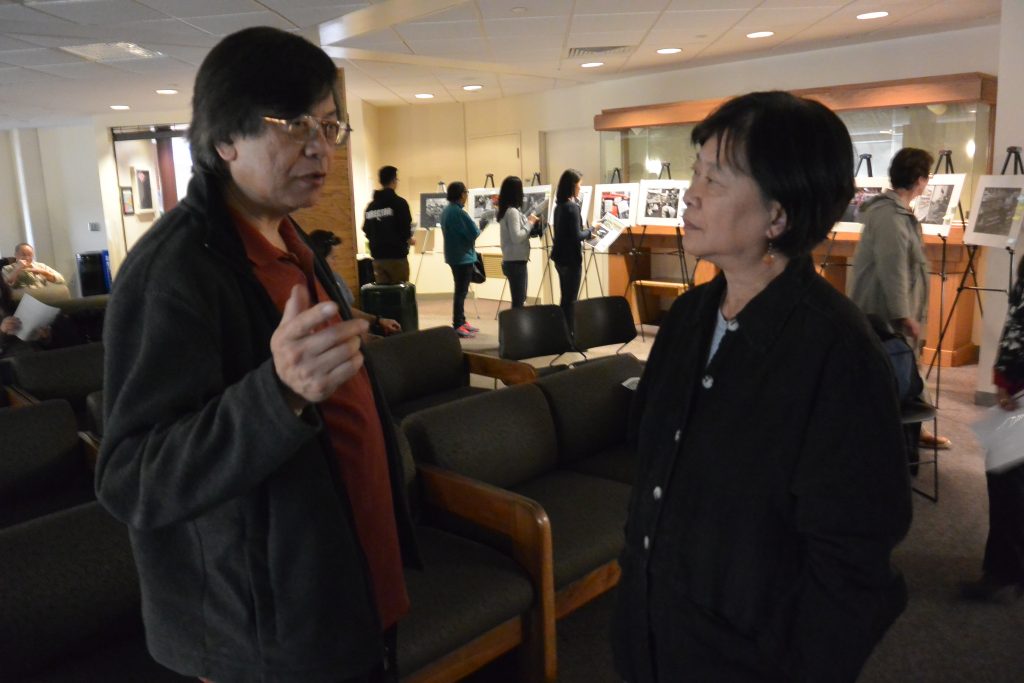
The night he packed up the exhibit, we took him to have dinner at Woody’s Wings and Things, a terrific funky Denver restaurant we love, which serves Cambodian, Thai, Vietnamese and Laotian food along with American- and Asian-style chicken wings. Corky was taken by the food and got permission to hang out in the kitchen to take photos of the chef with ducks hanging behind hm. He was always looking for images for his mental archives, and ready to capture them digitally.
Corky may not have been famous to most people, but he was a superstar to those who met him, knew him, worked alongside him, were touched by his “photographic justice” and were inspired by him. He spoke to community organizations and college groups whenever he was invited, and talked about the issues that sparked his photos, not just the artwork itself. He was truly selfless.
As I wrote in my Facebook post, “I’ll miss his eye, talent, and saucy New York accent and quick smile and laughter. Take great pictures in the next world, Corky. RIP in this one.”
